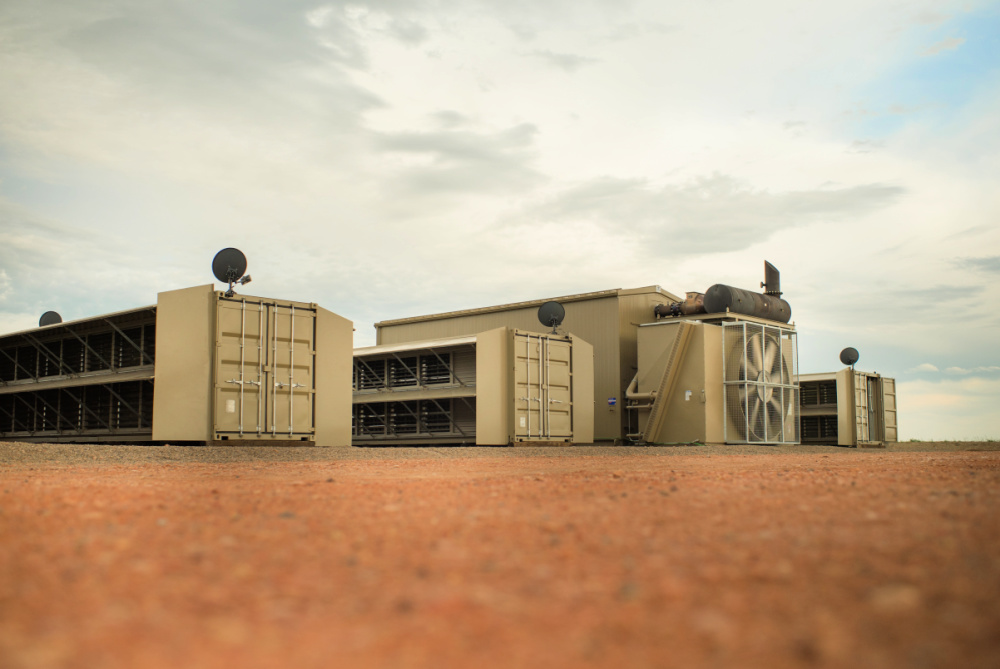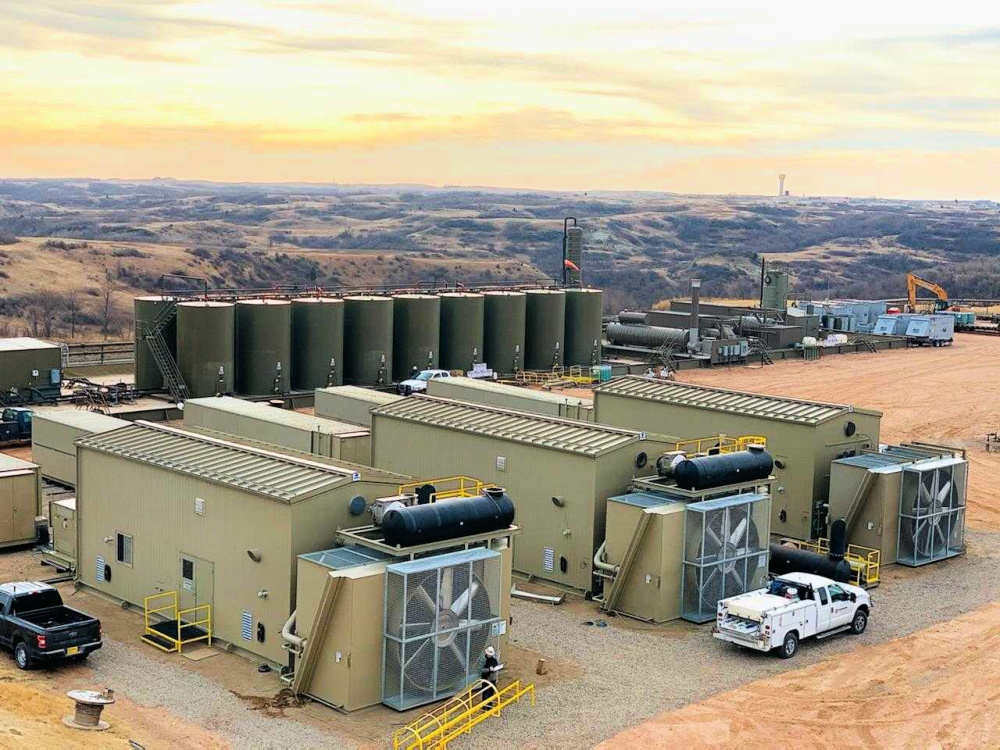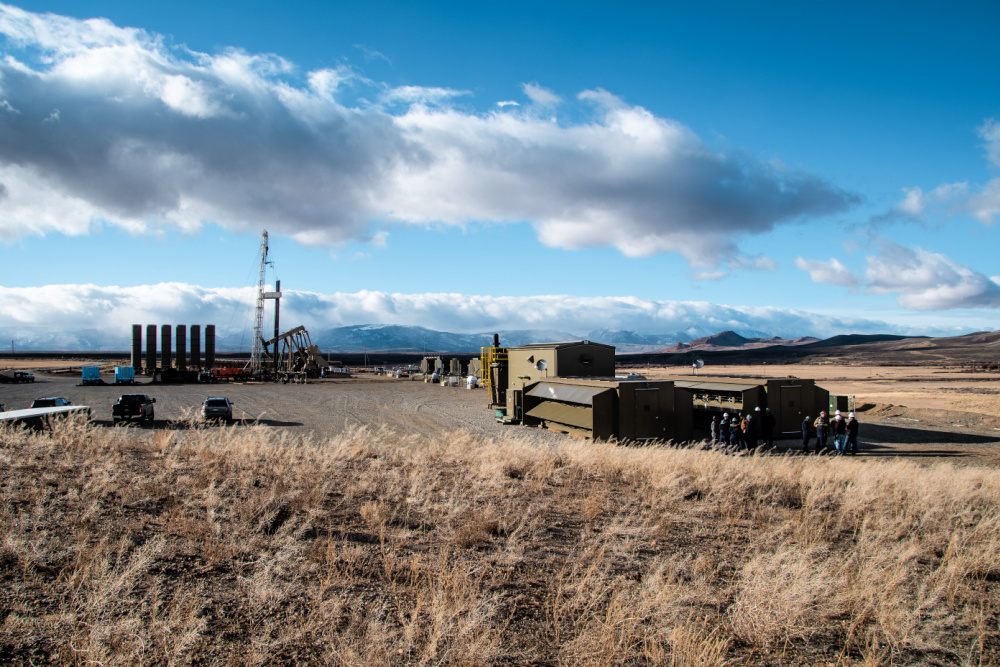Over the course of the 20th century, access to traditional sources of energy has accelerated economic development and human prosperity. However, this has not come without costs. Emissions from fossil fuels are contributing to a changing climate and increasing the risk of environmental and economic disruptions.
Recently, with scientists sounding alarms over the rapid rate of global temperature warming, more attention than ever is being paid by governments, investors, environmental groups and companies to methane emissions and its role in climate change—including the critical role it can play in limiting climate change in the near term. Methane is a potent greenhouse gas (GHG) that has over 80 times the global warming potential of CO₂ over a 20-year period but a significantly shorter lifespan than carbon dioxide, which can linger in the atmosphere for hundreds of years. Hence, cutting methane emissions can have a meaningful and immediately beneficial effect on the climate, and extend the runway that we have available for the energy transition. A number of leading organizations, including the U.N., the Environmental Defense Fund (EDF) and the International Energy Agency (IEA), have identified reducing methane emissions as one of the best and most cost-effective ways to quickly slow the rate of global warming.

This creates an opportunity for oil and gas companies to reduce their emissions footprint and be a part of the climate solution. In 2021, the sector emitted approximately 80 million tonnes of methane, in part due to flaring caused by infrastructure constraints. Crusoe Energy Systems has pioneered a unique solution that provides oil and gas companies with an effective, reliable, and cost-free alternative to routine flaring by leveraging patented Digital Flare Mitigation® (DFM) systems, a technology that harnesses stranded methane to enable energy-intensive computation. DFM systems are deployed directly to the well site to convert stranded gas into electricity used to power mobile data centers. The data centers support high-performance computing that enables innovation and advancements in areas such as computational biology and artificial intelligence to cure diseases and solve complex problems, as well as cryptocurrency validation.
Thanks to Crusoe’s robust in-house logistics, supply chain, engineering, and operations capabilities, DFM systems can be deployed and commissioned within one week and operated with the highest environmental and safety standards. The DFM data centers achieve up to 99.89% elimination of methane emissions and have an available for service uptime of 97.7%. In comparison, flaring only has an average combustion efficiency of approximately 93%. Because of methane’s potency, by reducing the amount of uncombusted methane by 7%, Crusoe estimates that DFM is able to reduce CO₂-equivalent emissions by about 63% compared to flaring. With more regulatory requirements to limit venting and flaring on the horizon, and investors increasingly interested in companies that are strong ESG performers, partnering with Crusoe to reduce methane emissions is a win-win for operators and for society.


Currently, Crusoe has 86 DFM data centers throughout North Dakota, Montana, Wyoming and Colorado, which have the capacity to reduce an estimated 655,000 metric tons of CO₂-equivalent emissions per year. To date, they have prevented an estimated 2.5 Bcf of methane from being flared. Crusoe’s solution is highly scalable and is quickly expanding into new domestic and international markets. Crusoe has worked with operators of all sizes to deploy DFM systems that range from 2 MW to over 15 MW that can utilize millions of cubic feet of otherwise flared gas. In areas with multiple flaring well pads, Crusoe has developed a system of centralized delivery points to increase efficiency and reliability.
We have the technology and solutions needed to reduce methane emissions and stabilize the climate in an economical and beneficial way. As the energy industry works to address infrastructure constraints and meet increasing environmental standards around flaring and emissions, Crusoe is here to help.
About the author: Hui Wen Chan is Crusoe Energy Systems’ new head of sustainability.
Recommended Reading
US NatGas Prices Fall 3% to One-month Low on Output Rise, Lower Demand Forecast
2024-07-01 - Analysts say there is about 19% more gas in storage than usual for this time of year.
Hurricane Threatens LNG and Power Demand as Francine Forms in GoM
2024-09-09 - LNG export plants and offshore oil platforms in the Gulf of Mexico are already taking a hit as as Francine strengthens.
Freeport LNG in Texas on Track to Take in NatGas Again After Hurricane Beryl
2024-07-15 - Since Freeport shut, U.S. gas futures have declined to a two-month low.
NatGas Purgatory: US Gas Spot Prices Hit Record Lows in 1H24—EIA
2024-07-22 - Facing record-low commodity prices, U.S. dry gas producers have curtailed production and deferred new completions in the first half of 2024.
Segrist: Gassed Up, Waiting to Go: Producers Aim to Remedy Gas Prices
2024-07-31 - The countdown clock for a surge in natural gas demand is ticking. Is the U.S. finally at the turning point?
Comments
Add new comment
This conversation is moderated according to Hart Energy community rules. Please read the rules before joining the discussion. If you’re experiencing any technical problems, please contact our customer care team.


